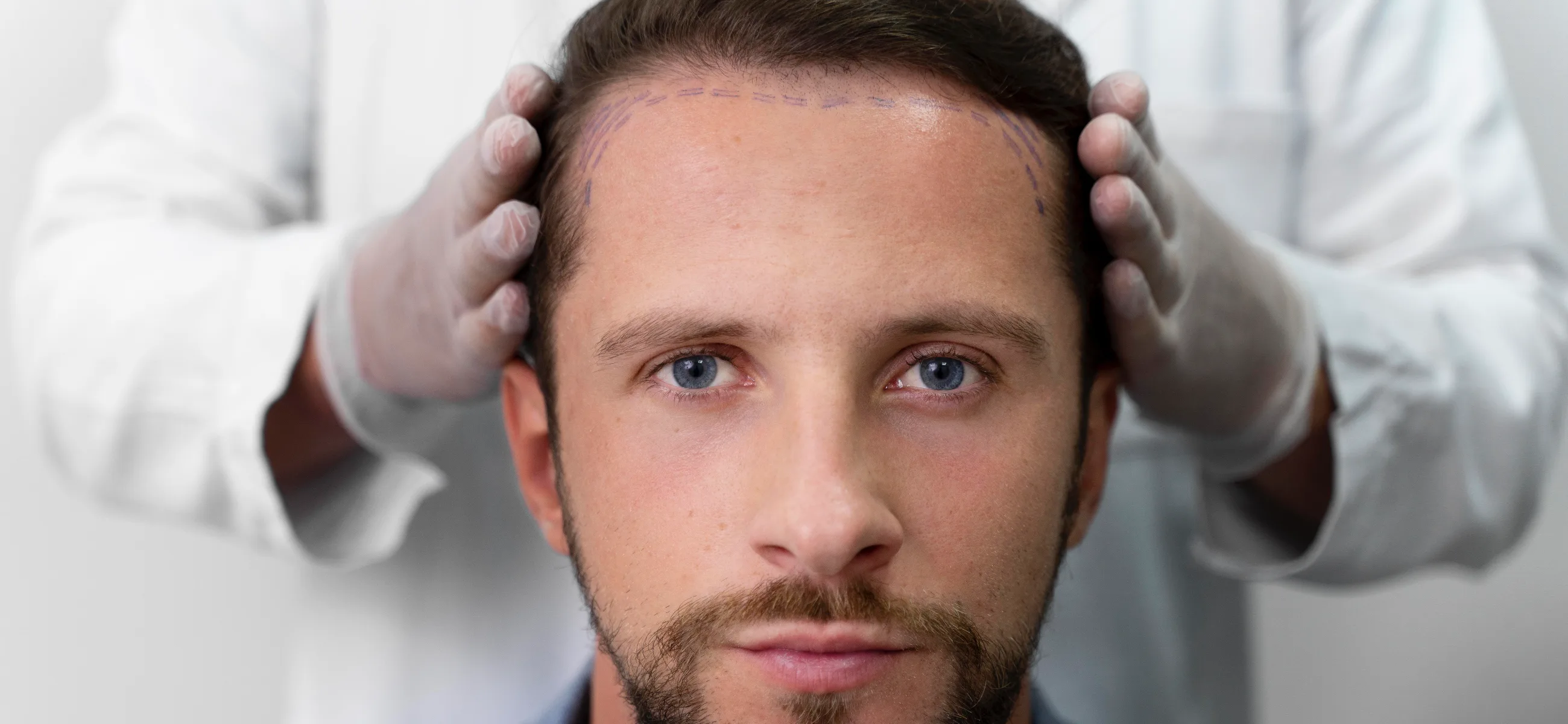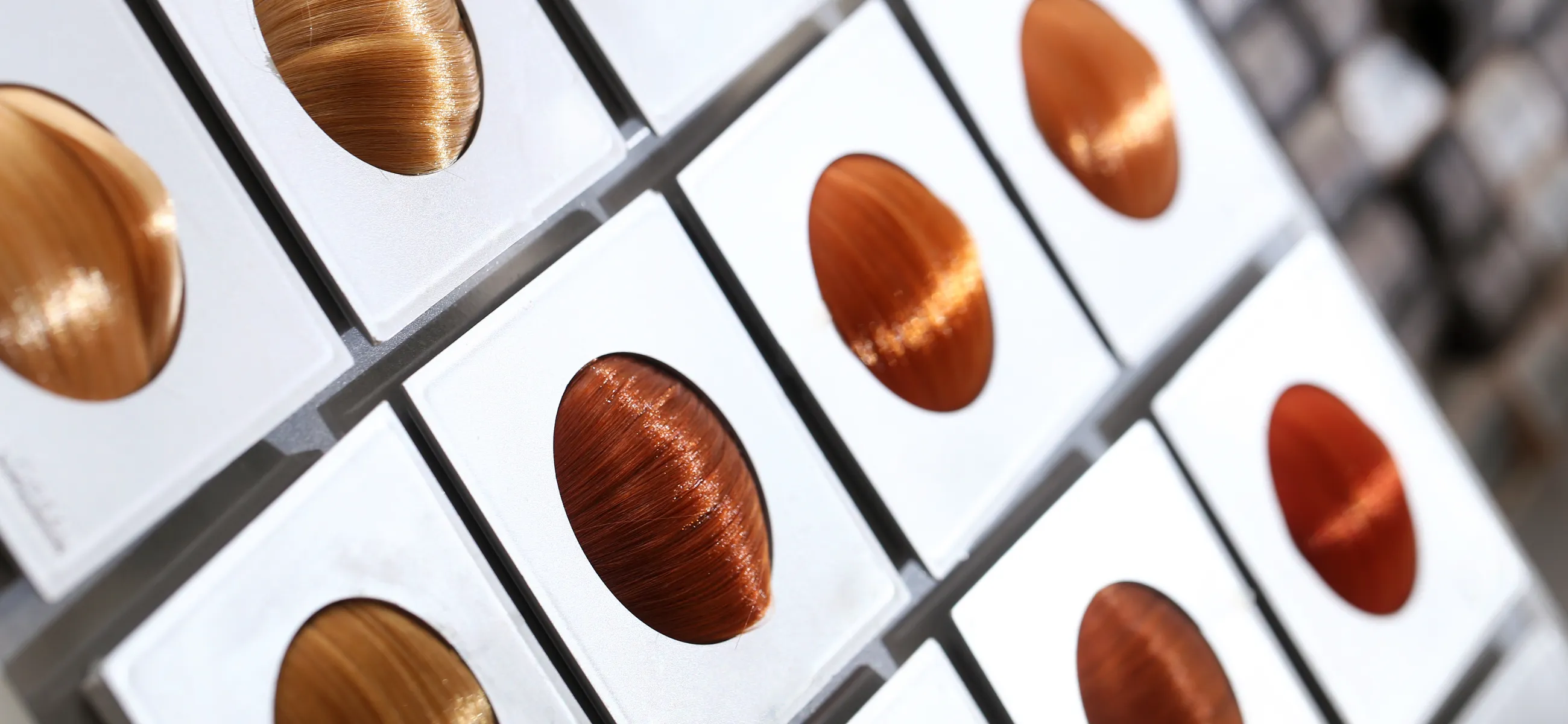Some people erroneously expect a hair transplant to be 100% effective at growing your hair back to its fullest and thickest. But while most people see impressive results, there are a few caveats, and you need to be realistic about your expectations.
With that in mind, we introduce you to hair transplants and explain what you can expect before and after the procedure to manage your expectations.
What is a hair transplant?
A hair transplant is a surgical procedure that removes hair from one part of your body to another. Usually, it is achieved by grafting hair from a thick and dense area of the head to a section that is thinning. The process is sometimes called hair restoration and can be highly effective for people with male or female pattern hair loss.
Who’s a good candidate for a before and after hair transplant?
Hair transplants can be used to treat numerous conditions, including:
Alopecia areata: This is an autoimmune disease that attacks the hair follicles on the head, causing hair to thin, die, and fall out.
Androgenetic alopecia: This condition is better known as male or female pattern baldness and is a result of genetics.
Thyroid issues: Though not solely a hair loss issue, thyroid problems can lead to hair damage and loss, which can be improved by a hair transplant.
As a hair transplant is a significant undertaking, find a doctor before proceeding with the treatment. A health professional will advise about the best course of treatment and whether you’re a suitable candidate for such a procedure.
Hair transplant before and after: How the process works
There are numerous ways for a surgeon to perform a hair transplant procedure:
Grafting: This is the most common method and involves the surgeon cutting tiny pieces of the scalp featuring healthy hair, before adding them to parts of the scalp that are thinning. The procedure is usually carried out over several months and you will receive medication to numb your scalp for the process.
Scalp reduction: Most surgeons refer to the scalp reduction process as alopecia reduction. Here, a small area of bald skin is removed from the scalp, and a nearby area of the scalp is pulled over the bald area. The surgeon then stitches the new piece in place. This procedure is ideal for people with bald patches on the back of the head.
Flap surgery: Should you have big bald patches towards the front of your head, you might be a candidate for flap surgery. The process takes several weeks, and the surgeon makes superficial cuts around the chosen site. A flap of skin is then lifted and placed over the bald section. As it’s a fairly involved process, it requires general anesthesia to numb the site.
Tissue expansion: When a patient has baldness or hair loss because of a trauma or burns, the surgeon may perform a tissue expansion procedure. To achieve this, the surgeon must place an implant under the scalp, which expands over several weeks.
Hair transplant surgery before and after: Pros and cons
If you’re on the fence and haven’t decided whether to get a hair transplant, here are the pros and cons to consider:
| Pros | Cons |
| Numerous approaches are available, depending on the cause of hair loss. | Hair transplant surgery is expensive, starting at $4,000 in most parts of the world. |
| When performed by an experienced surgeon, hair transplants deliver impressive results compared to medications. | Not everyone can get a hair transplant, and you need to be in good health to begin the procedure. |
| Though patience is required, hair transplant surgery achieves success over a period of several months. | While most hair transplants are successful, results are not guaranteed. |
What results can you expect from a hair transplant?
When looking into the before and after hair transplant results, you need to set realistic expectations. While some transplants don’t deliver the desired results, the good news is that up to 80% of transplanted hair will grow successfully.
Some clinics claim success rates of 95% to 98%, but it’s so important to recognize that every person is different, and your procedure’s success will depend on numerous factors, including your personal health and genetics.
Still, it’s true that most people will see improvements in hair growth following a transplant and transplants are widely regarded to be more successful than over-the-counter hair restoration medications and treatments.
We advise you to consult several surgeons and clinics in your area and find out about their success rate expectations. They will consider your condition, the health and strength of your hair, and give you a good idea about what you can expect.
Final words
The bottom line is that hair transplants can be a great way to treat numerous hair loss conditions, but they’re expensive, usually starting at $4,000 in most countries. You should also note that not everyone is suitable for a hair transplant and be aware that success is not 100% guaranteed.
If you do your research and proceed with a highly experienced hair transplant surgeon, you can boost your chances of success.








